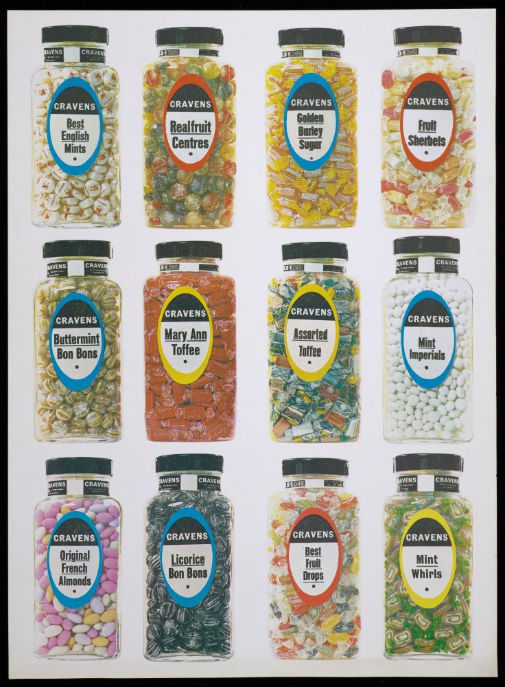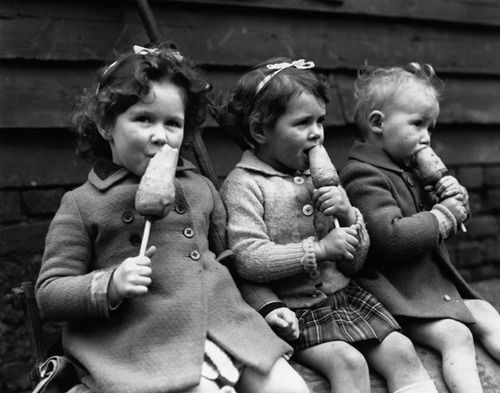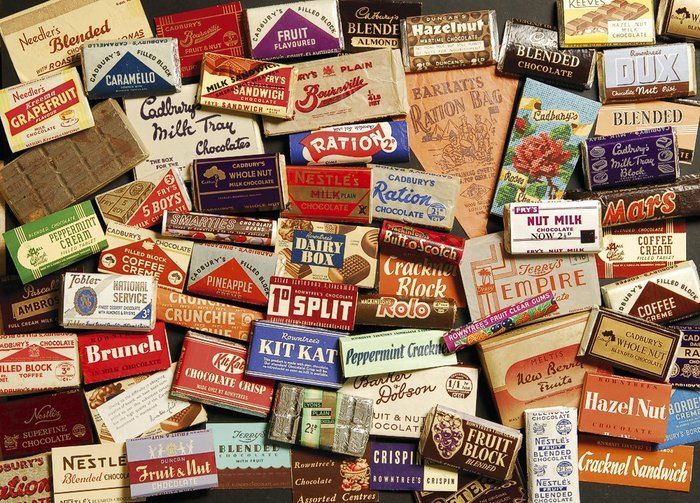This week’s #ForgottenFriday, we’re exploring how wartime Britain continued the sweet treats for Easter!
Pre-war Confections
The confectionary industry was well established in pre-war Britain and by the late 1930s, the public had access to a wide range of confections from simple boiled sweets to fancy chocolate delicacies. In York alone there stood Rowntree’s Cocoa Factory (1862), Terry’s Chocolate Factory (1926) and Craven’s Sweet factory (1822), the buildings of which are still there today! Rowntrees produced smarties, gummy sweets, and cakes; Terry’s were celebrated for their infamous Chocolate Orange and Craven’s were renowned for their toffees, humbugs, and secret-recipe Original French Almonds. (Archives relating to the history of these confectionary businesses are held at the Borthwick Institute for Archives at the University of York).

Impact of War on Britain’s Confectionary Industry
With the outbreak of war in September 1939, foodstuffs like sugar, butter and eggs were soon rationed in anticipation of food shortages and people had to look for alternatives to satisfy their sweet tooth. Sugar and cocoa beans became very scarce as the imports of these products decreased. Additionally, Sweets like barley sugar drops that did continue to be made were packed in tins and included in military survival rations rather than being available for civilians to purchase.
It was not simply food rationing which limited the availability of sweets. Factories which once processed raw materials from abroad like sugar and cocoa and manufactured the sweets, were required for war work like munitions. The mechanisms required to wrap and pack sweets proved useful for munitions and military suppliers and many factories were repurposed to serve the war effort. For example, F. Hills & Sons (1949-1959), a manufacturer of aircraft propeller blades from Manchester moved into Terry’s factory in York shortly after the outbreak of the war. Terry’s female staff were encouraged to sign up as auxiliary nurses, while many of the men left to join the forces.

Wartime sweet treats
The rationing of sweets and chocolate began in July 1942. Even before the rationing of chocolate started, Cadbury’s had stopped production of their ‘Dairy Milk’ as the government had banned the use of fresh milk in manufacturing in 1941. As an alternative, they produced ‘Ration Chocolate’ which was made from dried skimmed milk and offered a poor substitute.
Food rationing meant people had to be resourceful and inventive with their food if they were to satisfy their sweet tooth. Shops sold carrot lollies and other vegetables on sticks as a replacement to traditional Easter treats.

Recipes for toffee carrots, carrot fudge, carrot lollies and even a carrot drink called ‘carrolade’ were all promoted as sweet substitutes! Carrots were readily available and were not subject to rationing. Additionally, people could grow them at home. The government encouraged people to grow their own fruit and vegetables in Victory Gardens under the slogan, “Dig for Victory”.
It was not until 1953 that the rationing of sweets and chocolate came to an end. As well as sweets and chocolate, eggs, cream, butter, cheese and margarine were all removed from the rationed list almost a decade after the end of the Second World War. Don’t worry though, we’ve got all the treats available in our Gift shop from traditional pick and mix sweets to cookies and jams!



